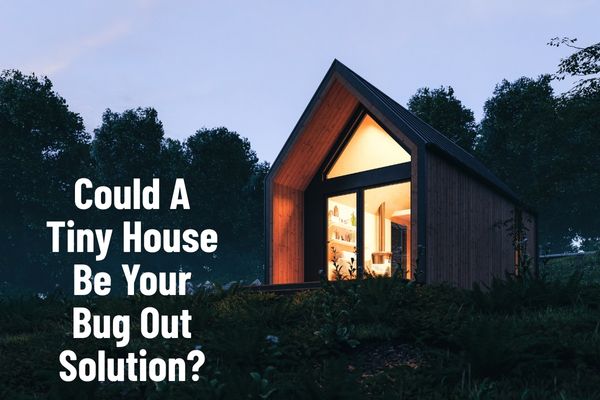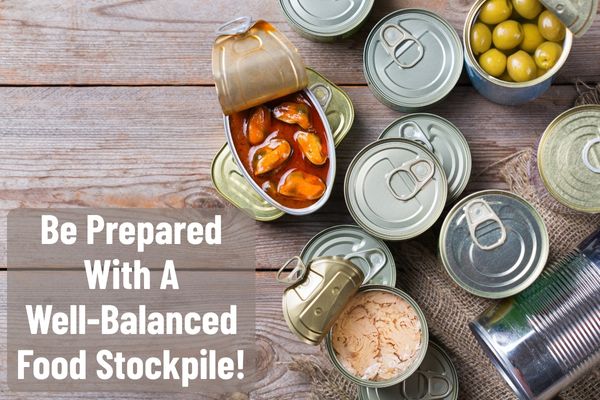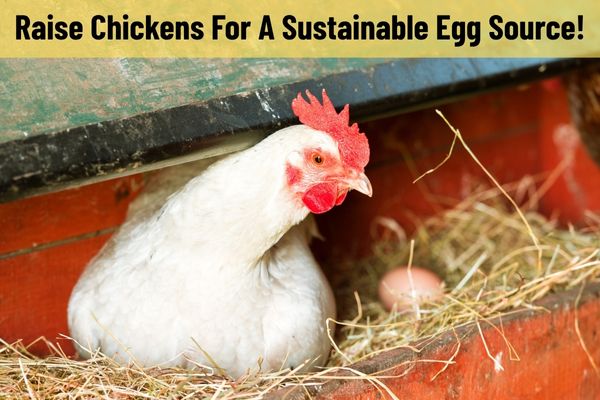Should Bugging Out To A Tiny House Be Part Of Your Plans?
Some preppers focus on bugging in at home.
In this case a prepper can create a prepper supply room, closet, or area to place all of your prepper gear, tools, and supplies.
When you bug out, you grab your pre-filled bugout backpack and walk, run, or drive as fast as you can to find a safe location. Should you make the ultimate decision to bug out, you may resort to building a temporary tent-like shelter to house you and your loved ones.
Is there a happy medium between bugging in and bugging out? A tiny house can offer the comforts and conveniences of bugging in and also be a great option for a secure shelter when bugging out. Here are a few things to consider for the tiny house option.
What is a Tiny House?
A “tiny house, ”, is a dwelling that’s usually less than 400 square feet. To put it in perspective, the full square footage of a tiny house is the equivalent of a living room in a standard home. That means within the 400 square feet, you would cook, eat, sleep, shower, and basically live in one small room. Minimalist living is the only way to describe tiny house accommodations.
Though small, tiny houses can be cleverly designed and optimized to use every inch of the space to provide maximum storage, be efficient and functional, yet still be comfortable. Most often, built-in shelves line the perimeter interior walls and a loft bed sits up and out of the way of the open living space area.
Tiny houses can be built on wheels or a foundation based on the owner’s preference and needs.
How Can a Tiny House Aid a Prepper?
If you live in the Midwest, you may already have an underground shelter to escape to when a tornado has been spotted in your area. You also know that most times, you have mere minutes or seconds to grab your family and pets and take cover in that shelter.
Part of prepping is planning. In addition to gathering supplies, deciding on a variety of optional safe locations to bug out should be part of your emergency plan. Perhaps flooding is prevalent in your area, and you can bug out to a tiny house on higher ground. Maybe you’re experiencing a power loss, and your tiny house can provide solar power. While the jury is still out whether a tiny house could withstand a natural disaster, it could be the ideal shelter for other types of bugout situations.
Let’s discuss two options of a tiny house; tiny house on wheels or tiny house secured to a foundation.
Tiny House on Wheels
If the intended purpose of a tiny house is not to keep it in one location, then one great option is to invest in a tiny house that resides on a trailer with wheels. That way should a prepper need to bug out, it’s fully stocked and ready to be moved to a safer location, simply towed behind a vehicle.
However, before you get the wheels in motion, be sure to get your state’s rules and regulations regarding the size and weight of the moveable tiny house. Those specifications should be incorporated in your tiny house construction plans or when purchasing a pre-built structure on wheels.
Also, keep in mind routes to take during an emergency, since roads may become impassable because of traffic, floods, or other adversities.
Tiny House on a Foundation
A tiny house built on a solid foundation is considered a permanent structure. The tiny house’s size can be more flexible since you’re not at the mercy of transporting it on public roads. Of course, seek building codes in your specific county.
To brave the elements of weather and any impending natural disasters, a tiny house must be anchored to the foundation properly. Tie-down systems, anchor bolts, and straps are a mandatory, critical step to help prevent the tiny house from shifting or being lifted during any storm.
Tiny Homes For Off Grid Locations
Regardless of whether you’re selecting a tiny home on wheels or building a tiny home on a foundation, either option can be beneficial to a prepper’s temporary off grid living. You see, the location of your tiny home can be positioned near a critical water supply or within direct sunlight to maximize the use of solar energy to power up your solar devices. Tiny homes are typically built with solar panels, so with a solar generator, a prepper can have an instant battery backup system.
When your safety is in jeopardy, a tiny house nestled in an off grid location can provide you a safe, hard-to-locate escape. Off grid scenarios can also be the ideal location to fish, hunt, forage, create a water filtration system, and a sewage system.
A tiny house can give a prepper peace of mind since they’ll have a secure roof over their head and a comfortable place to sleep while living off-grid.
Smart Storage for Preppers Using a Tiny House as a Bug-Out Location
Using a tiny house as a bug-out location is a strategic choice—compact, mobile, efficient, and often discreet. However, its greatest strength is also its biggest challenge: space. With limited square footage, every inch must be used wisely. Preppers need to think creatively and plan carefully to store essential supplies like food, water, and tools without sacrificing comfort or functionality.
:: Food Storage: Consider under-floor compartments, hollow benches, and overhead shelves as hidden food storage spots. Use stackable containers, labeled bins, and even wall-mounted racks to keep everything organized. Consider building a root cellar close to your Tiny House. You want to be able to see it clearly when inside should you need to protect and defend your food supply.
Water Storage: Water is bulky, but essential. Keep a few collapsible water containers inside the house, and if possible, install a rainwater catchment system with a filter. Store water purification tablets or a compact gravity-fed filtration system like a Berkey or Lifestraw Family. If your tiny house is off-grid, look into a small greywater recycling setup and a hidden backup water cache buried nearby.
Tools and Gear: Multi-use tools are key in a small space. Consider building a small shed, cache box, or disguised storage container nearby to keep bulky or seasonal gear out of the house while still accessible when needed.
Ultimately, prepping in a tiny house is about being intentional and maximizing every space … walls, floors, and even ceilings become storage assets. With careful planning and smart gear selection, even the tiniest of homes can become a well-stocked and resilient bug-out haven.
Factors to Consider When Constructing a Tiny House
The construction of a tiny house plays a critical role in ensuring safety of the structure. Here are some must-have considerations:
:: Use reinforced concrete, steel, or composite materials.
:: Utilize tie-down systems such as straps and cables that can be anchored into the ground at multiple points around the tiny house.
:: Choose strong, weather-resistant roofing materials such as metal roofing.
:: Select high efficiency, impact-rated windows and storm shutters.
:: Install metal doors with secure door locks to prevent intruders.
:: Invest in solar panels and solar powered appliances and devices.
You don’t want to scrimp on using the best materials to build your tiny house if you don’t have to.
Costs Associated With a Tiny House
When it comes to presenting a range of costs for a tiny house, the only way to be factually accurate is to say it depends on how it’s built, the size, the features, and whether it’s a tiny house on wheels or attached to a sturdy foundation.
A pre-made tiny house can start in the $28,000 price range. However, you can build your own tiny home for way less. If you plan to place it on a foundation, you will pay to have the foundation poured in addition to the cost of the actual land. The cost of the land will depend on the location and size of the property … whether it’s a small lot or multiple acres. A tiny house built on a permanent foundation would require real estate taxes, as a tiny house on wheels would avoid the need to pay those taxes. But a tiny house on wheels would require the purchase of an expensive trailer to pull it on and the rental or purchase of land.
Remember, using a tiny house for prepping means that you’ll want it to be prepared for a variety of unexpected emergencies or disaster scenarios, including power loss. That would require investing in sustainable living such as purchasing costly solar equipment, generators, water filtration systems, and maybe even a waste system.
Could a Tiny House Be Your Bug Out Shelter?
If you have a big family, a tiny house would probably not fit your needs. But for a single person or couple, if just might fit the bill.
Like all prepping decisions. Don’t decide quickly. Take some time to evaluate your prepper needs and consider if a tiny home could meet the majority of them. You may be surprised at how a tiny house could check many boxes on your prepper essentials list.
Remember, evacuating to a tiny house could be the solution for anyone facing a dangerous situation in their current home. A tiny house might provide safety and security while also providing solar power and filtered water to live off-grid should an emergency happen.



